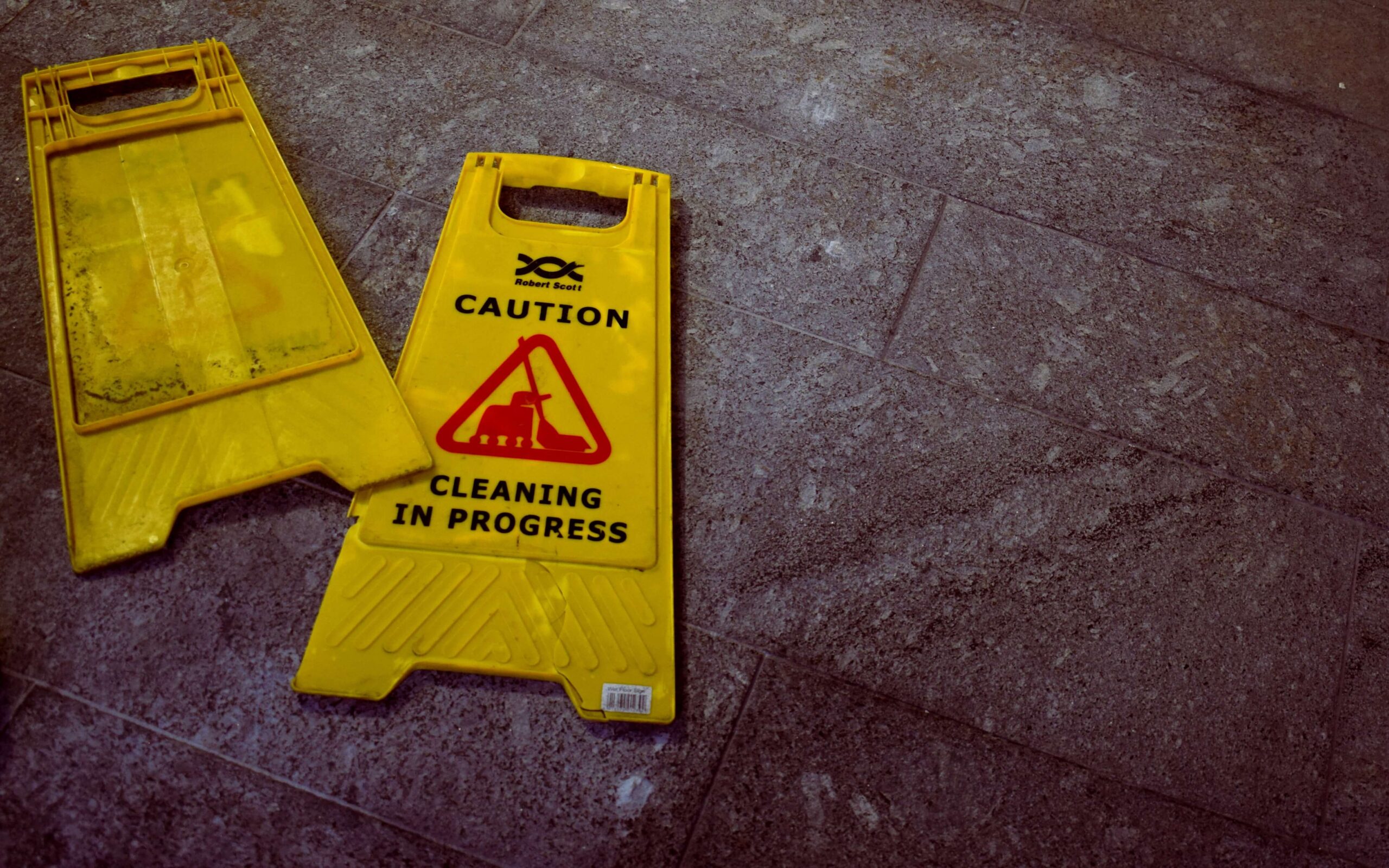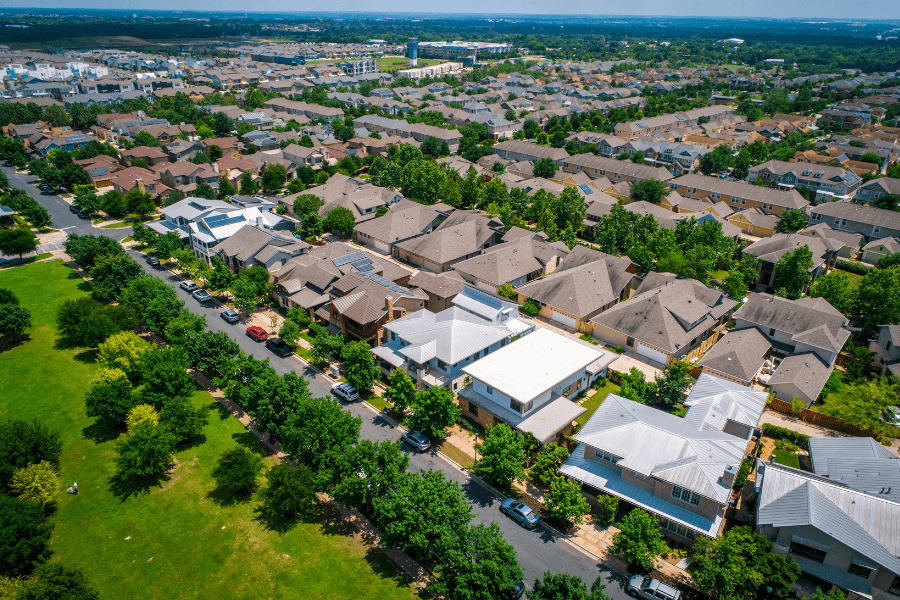What is a building and pest inspection?
If you’re thinking about buying property, it’s important to have a clear understanding of the potential risks involved. Building and pest inspections play a vital role in helping you make the right decision and avoid any potential problems down the line.
Read on as we learn more about building and pest inspections. We’ll explore their purpose, what they entail, and why they are essential steps before making that property investment.
Topics in this article:
- What is a building inspection?
- What is a pest inspection?
- What does a building and pest inspection cover?
- How much do building and pest inspections cost?
- How long does a building and pest inspection take?
- What does subject to building and pest inspection mean when buying a house?
- How to find good building and pest inspectors?
Topics in this article:
What is a building inspection?
A building inspection is a detailed evaluation of a property by a qualified expert to assess its condition and uncover any existing or potential issues. More specifically, the building inspection provides an objective evaluation of the property’s structural integrity, safety, and compliance with relevant building codes and regulations.
When do you need a building inspection?
You will definitely want a proper inspection done before buying property to identify structural defects that are not immediately seen. You will also need inspections during renovations to uncover any limitations, code violations, and required upgrades. Insurance companies may also require inspections to assess risk so you’ll need to have this done to get approved. During construction, inspections ensure compliance with building codes and prevent future problems.
Who conducts a building inspection?
Inspectors, building surveyors, and accredited certifiers are responsible for assessing compliance with safety standards and regulations in buildings. They examine different aspects of a building’s structure and systems to ensure adherence to the required standards. In Victoria, registered building surveyors oversee legislation, permits, inspections, and certification, while in New South Wales, accredited certifiers assess and certify compliance with building work.
What qualifications does a building inspector need?
Building inspectors in Australia have varying qualifications across different states or territories, although certain criteria are generally expected. These include relevant education in building and construction, proper licensing or registration, certification, continuous professional development, and practical experience.
What is a pest inspection?
A pest inspection assesses the risk or presence of infestation, damage to wooden structures, and recommends pest management measures. Qualified inspectors examine vulnerable areas like the foundation, roof, walls, and landscaping. Specialised tools like moisture meters and thermal cameras may be used during these inspections.
When do you need a pest inspection?
Before purchasing property in termite-prone areas, it’s advisable to check for any existing pest issues. Regular inspections help detect early signs of pest activity and maintain the property’s integrity. Before construction or renovations, inspections also ensure pest-free sites. Property managers can also opt for periodic inspections in rental properties to comply with regulations and address tenant or environmental-related pest issues.
Who conducts a pest inspection?
Licensed pest inspectors in Australia focus on managing termites and timber-damaging organisms. They work independently or with pest control companies, using tools like moisture meters and thermal imaging cameras to inspect properties. Some building inspectors or surveyors may also be qualified to conduct pest inspections alongside their building assessments.
Does a pest inspector need a license?
Pest inspectors have to be licensed or registered to legally carry out their work. Licensing requirements vary by state or territory, and regulatory bodies like the QBCC in Queensland, the EPA in New South Wales, and the Victorian Department of Health and Human Services in Victoria oversee the licensing process. Western Australia, South Australia, Tasmania, Northern Territory, and the ACT will have their own regulatory bodies and requirements.
What does a building and pest inspection cover?
Building inspections include a comprehensive examination of various details such as:
- Foundation
- Walls
- Roof
- Floors
- Ceilings
- Electrical systems
- Plumbing systems
- HVAC systems
- Interior features
- Exterior features
- Roofing
Pest inspections uncover a range of factors including:
- Termite activity
- Timber damage
- Borers
- Wood decay fungi
- Pest activity, such as ants, rodents, and cockroaches
- Environmental factors, including trees, landscaping, and moisture sources
Should I get a building and pest inspection?
A building and pest inspection is a must, especially for home buyers. These inspections uncover any unseen structural issues and pests problems. They provide a comprehensive view of necessary repairs and maintenance to ensure your safety and compliance with regulations. If you are negotiating for the purchase of the property, the inspection report will give you more control if repairs or price adjustments are necessary.
At what time do you do a building inspection?
Building and pest inspections are typically conducted before the purchase or sale of a property. They are scheduled at a mutually agreed-upon time between the parties involved and the assigned licensed inspector.
What are the most common issues?
When it comes to potential issues, there are a few key things to watch out for. These include compromised load-bearing walls, moisture and water damage that can lead to rot and mould growth, pest infestations (especially termites), electrical and plumbing issues, roofing problems, poor ventilation and insulation, safety hazards due to building code non-compliance, and deferred maintenance and repairs.
How much do building and pest inspections cost?
The cost of a building and pest inspection can vary quite a bit. It all depends on a few factors like the size of the property, the scope of the inspection, where it’s located, and the qualifications of the inspector. Bigger properties might come with a heftier price tag because they take more time to inspect. And if you need any extra services or specialised assessments, that can bump up the overall cost too. In Australia, building and pest inspections usually range from around AUD 300 to AUD 800. Inspection rates tend to be higher in big cities or areas where the cost of living is high.
Who pays for the building and pest inspections?
In most situations, home buyers arrange and cover the costs as part of their due diligence when purchasing the property. However, sellers may choose to have a pre-sale inspection and pay for it themselves to address any issues before listing the home. In some cases, buyers and sellers may negotiate to share the inspection costs based on their specific circumstances and agreement.
Are building and pest inspections tax deductible?
Building and pest inspection costs are typically not tax deductible for individual homeowners in Australia. These expenses are considered part of property purchase or maintenance costs, which are generally not eligible for tax deductions. However, tax regulations can vary and there may be situations where deductions or allowances could apply, such as when purchasing an investment property for rental purposes.
How long does a building and pest inspection take?
The length of an inspection can vary depending on a few things: Factors like how big the property is, its condition, how easy it is to get around, any specialised assessments needed, and the inspector’s style can all play a role. Usually, inspections take anywhere from 1 to 3 hours.
How long is the inspection report valid for?
In many parts of Australia, a typical building and pest inspection report is valid for a relatively short period, usually around 3 to 6 months. This timeframe is intended to make sure that the report reflects the current condition of the property. As the inspection report provides a snapshot of the property’s condition at a specific point in time, it may not accurately reflect any changes or issues that arise after the report’s validity period has expired.
What does “subject to building and pest inspection” mean when buying a house?
The inclusion of a “subject to building and pest inspection” clause gives buyers a chance to evaluate its condition before finalising the purchase. By including this clause, you can bring in qualified inspectors who will thoroughly identify any potential concerns. When issues are identified, buyers have the opportunity to enter negotiations for required repairs or adjustments to the price.
How to find good building and pest inspectors?
You can start by reaching out to people you trust and ask them for recommendations. It’s always good to hear from people who have had positive experiences to share. Once you have a few names in mind, take the time to verify their credentials and qualifications. Read through online reviews and testimonials from past clients – this will give you a good sense of how well they’ve performed in the past.
When it comes to anything property-related, getting referrals from experienced real estate professionals is always a smart move.
What questions should you ask?
Here are some important questions to ask your potential building and pest inspector:
- Are you licensed, certified, or accredited?
- How many years of experience do you have?
- What is the scope of the inspection?
- What methods and tools do you use?
- How long will the inspection take?
- Can I be present during the inspection?
- What type of report will be provided?
- What areas or issues are covered in the inspection?
- Can you provide references or testimonials?
- Do you have professional indemnity insurance or liability coverage?
Tailor these questions to address your specific concerns and make sure to have clear communication with the inspector.
When it comes to buying property, you don’t want to leave anything to chance. Not only do these inspections keep you safe, but they also open up opportunities for negotiation. With the feedback from qualified inspectors and a good understanding of the process, you’ll feel like a property market pro. The key is to make informed choices and confidently excel in your real estate endeavours!





